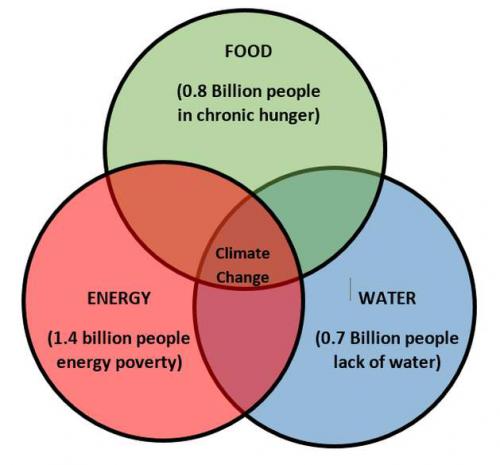
Breaking News
 If You Grew Up In The 1970s, You Probably Possess These Rare Traits
If You Grew Up In The 1970s, You Probably Possess These Rare Traits
 EVEN More SUPER SHADY Financial Dealings At TPUSA!
EVEN More SUPER SHADY Financial Dealings At TPUSA!
 British woman warns American about the Rise of Islam...
British woman warns American about the Rise of Islam...
 Saks Global prepares for bankruptcy after missing debt payment, WSJ reports
Saks Global prepares for bankruptcy after missing debt payment, WSJ reports
Top Tech News
 Laser weapons go mobile on US Army small vehicles
Laser weapons go mobile on US Army small vehicles
 EngineAI T800: Born to Disrupt! #EngineAI #robotics #newtechnology #newproduct
EngineAI T800: Born to Disrupt! #EngineAI #robotics #newtechnology #newproduct
 This Silicon Anode Breakthrough Could Mark A Turning Point For EV Batteries [Update]
This Silicon Anode Breakthrough Could Mark A Turning Point For EV Batteries [Update]
 Travel gadget promises to dry and iron your clothes – totally hands-free
Travel gadget promises to dry and iron your clothes – totally hands-free
 Perfect Aircrete, Kitchen Ingredients.
Perfect Aircrete, Kitchen Ingredients.
 Futuristic pixel-raising display lets you feel what's onscreen
Futuristic pixel-raising display lets you feel what's onscreen
 Cutting-Edge Facility Generates Pure Water and Hydrogen Fuel from Seawater for Mere Pennies
Cutting-Edge Facility Generates Pure Water and Hydrogen Fuel from Seawater for Mere Pennies
 This tiny dev board is packed with features for ambitious makers
This tiny dev board is packed with features for ambitious makers
 Scientists Discover Gel to Regrow Tooth Enamel
Scientists Discover Gel to Regrow Tooth Enamel
 Vitamin C and Dandelion Root Killing Cancer Cells -- as Former CDC Director Calls for COVID-19...
Vitamin C and Dandelion Root Killing Cancer Cells -- as Former CDC Director Calls for COVID-19...
Water and Energy are tightly linked

* Billions of gallons of water are used each day in the United States for energy production
* huge amounts of energy are consumed in pumping, treating, heating, and delivering water.
* More than 12 percent of the energy used in the U.S. is for water production
* water is a substantial limiter on energy production
One of the top priorities for innovation is desalination. Reverse osmosis has been the state-of-the-art in water desalination for half a century. While it's used in thousands of desalination plants around the world, the process is costly and highly energy intensive, without a lot of room left for improvement.
Berkeley Lab researchers are working on a number of approaches to efficiently separate salt from water, whether it's seawater or brackish water, ranging from understanding the fundamental properties of water at the nanoscale to advanced technologies for water treatment. For example, Dan Miller is leading investigation of a membrane that can yield a higher rate of desalination while also being resistant to fouling, a major obstacle in cost-effective desalination.
And Chinmayee Subban is developing a technology that uses electrochemistry to treat brackish water, which is about one-third as saline as seawater and is prevalent in the United States and other parts of the world, largely as naturally occurring groundwater or through coastal intrusion. Water treated with this technology could be ideal for use in agricultural irrigation.
Another project already underway is groundwater banking, a way to basically save rainwater for a sunny day. In collaboration with the Almond Board of California, Berkeley Lab researcher Peter Nico is testing how best to do groundwater aquifer recharge, combining ground-based and airborne techniques to get geophysical images of the subsurface.



